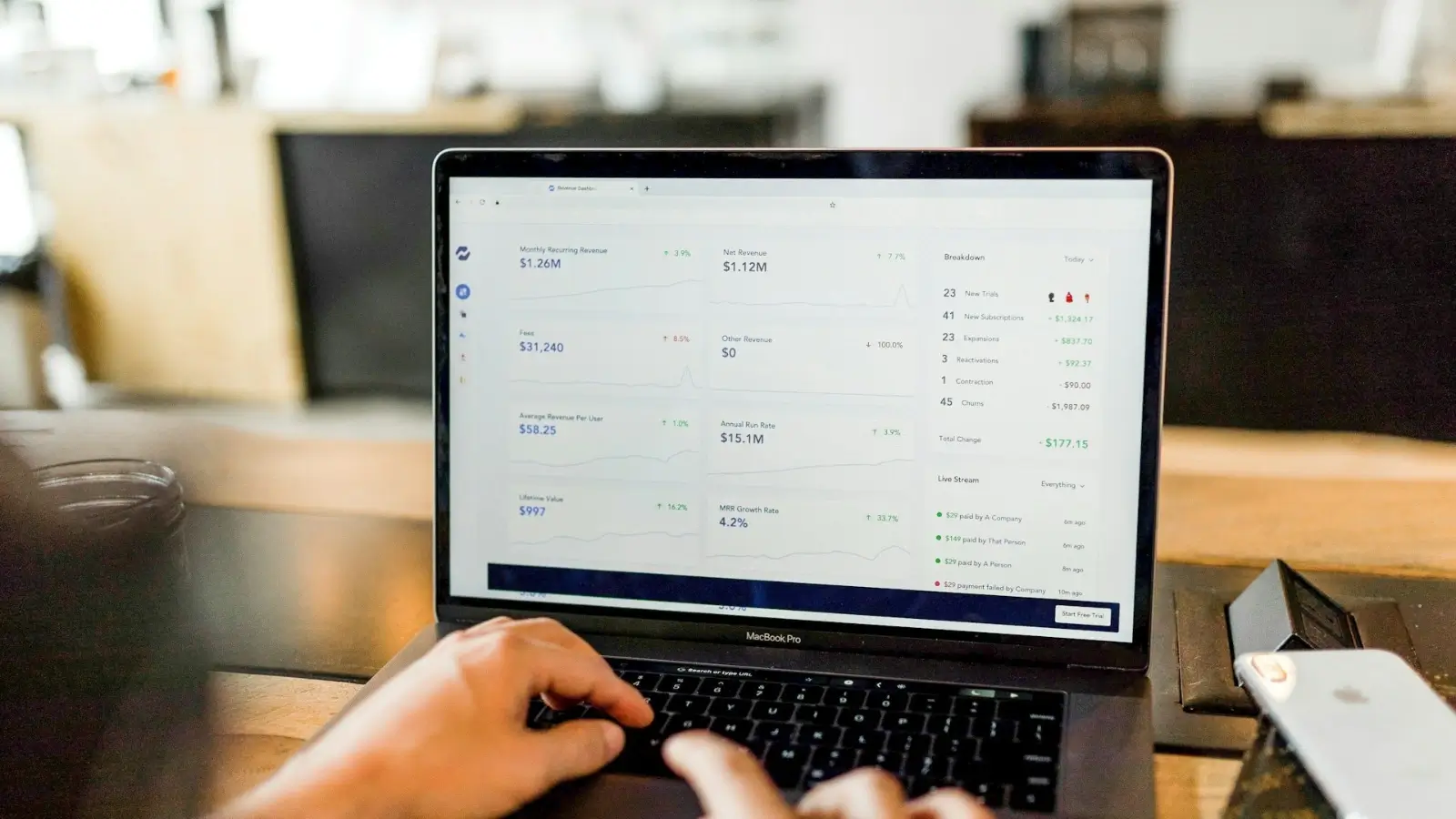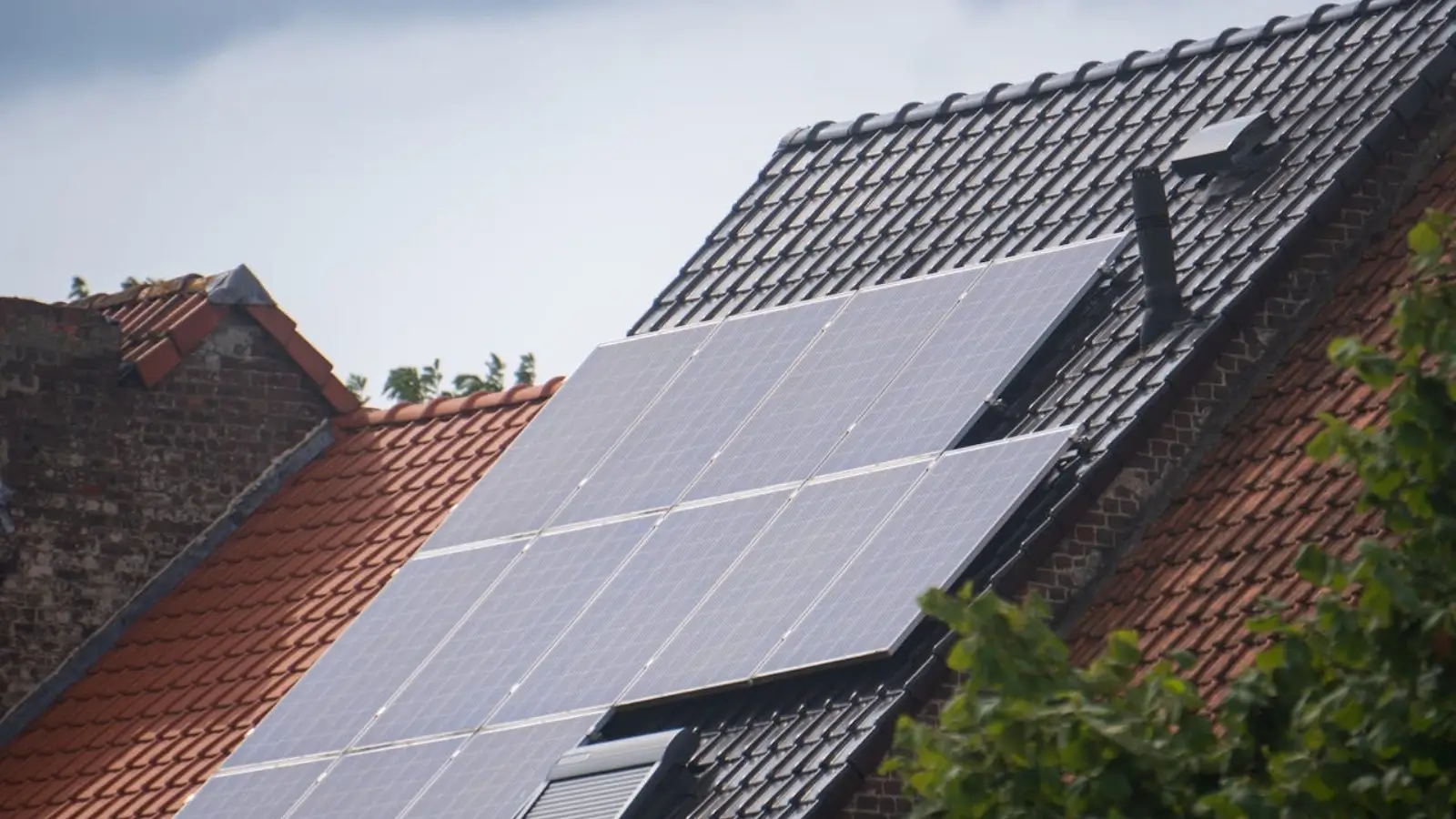


Thinking about switching to solar? It’s a smart move if you’re looking to cut down your electricity bills and do your bit for the environment. But going solar isn’t just about sticking a few panels on your roof. There’s a bit more to it, and getting it right from the start makes a difference in how well it all works. Here’s what to think about before you dive in, so your solar setup ends up being worthwhile.
Look at how much power your home uses every day, especially during peak times, to help you figure out how many solar power systems you’ll need to cover your usage. If you’re buying an electric car or adding a pool heater, you’ll want to take that into account too. Knowing your energy habits makes it easier for your installer to design a system that suits your home, not just some generic setup.
A good installer doesn’t just sell you panels; they look at your roof, check which way it faces, work out how much shade hits it during the day, and figure out the best place for everything. They'll help you decide between a system that connects to the grid or a hybrid setup with a battery. Aside from that, you’ll get advice on the best size and brand of panels and how to get the most value for money.
Always remember that there are rebates, credits, and other incentives that lower the upfront cost of your system. Depending on where you live, the savings can be pretty significant. Your installer should be across these programmes and help you sort out the paperwork. But don’t leave it too late; some rebates take time to process, and you don’t want to delay your installation because of paperwork.
Batteries store extra energy your panels produce during the day so you can use it later, especially handy in the evening when the sun’s down but your home’s still buzzing. They also give you backup power if there’s a blackout. If you’re not ready to get a battery right now, that’s fine. But it’s smart to make sure your system is battery-ready. That way, you can add one later without having to redo everything.
Adding a solar system without a monitoring system is akin to driving without a speedometer: you have no idea how well it’s doing. That is why monitoring systems tell you how much power your panels are making and how much you are using. Most modern systems have apps you can check from your phone, which means it makes it easy to stay on top of your energy use and see your savings in real time.
Cheap options might save you a bit upfront, but cost more if they don’t hold up. Don’t forget about maintenance. Since solar systems are generally low-maintenance, keeping them clean and checking them now and then helps them run better for longer. Some panels and inverters come with warranties that last 10, 15, or even 25 years. Furthermore, make sure you know what’s covered and for how long.
Take note that setting up a solar system involves more than just buying gear and plugging it in. There are rules to follow, and your installer will usually handle these for you. Installers make sure your setup meets local guidelines, is safe, and connects to the grid properly if needed. Remember, a dodgy setup can cause issues later, not just for you, but for your neighbours too, or if it interferes with the local power supply.
Solar power is one of the best things you can do for your home and the planet, but only if you plan it right. Consider how much power you’ll use, take advantage of government help, and ensure your setup is future-proof. When you check all those boxes, you’ll receive more than just a reduced electric bill; you’ll get confidence that your home is powered by clean, dependable energy.